Recente blogs
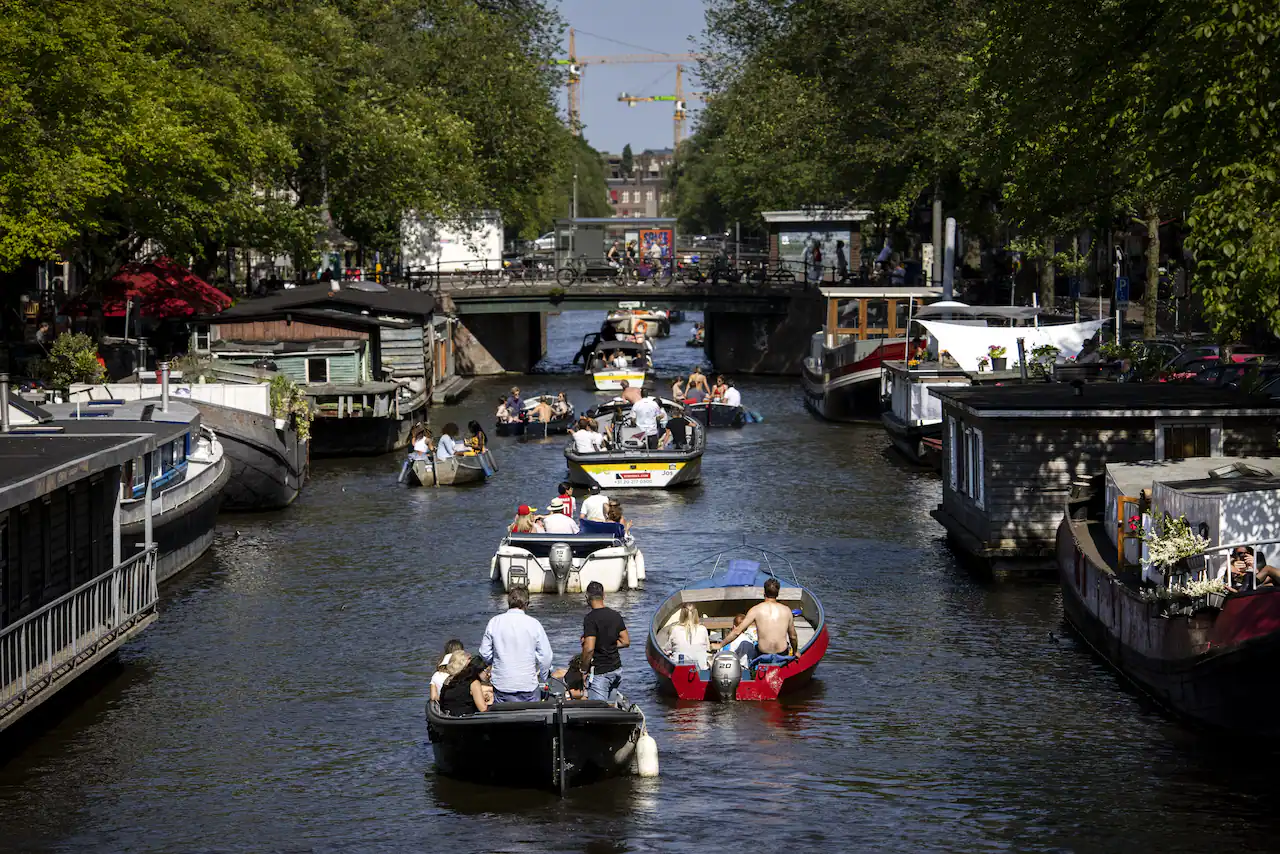
Geen dieselboten meer op Amsterdamse grachten: uitstootvrije zone gaat door
Het Amsterdamse college voert per 1 april een uitstootvrije zone voor pleziervaartuigen in het centrum van de stad. Alleen boten waarvan de motor wordt aangedreven door elektriciteit of waterstof mogen er dan nog varen.
Dat schrijft wethouder Melanie van der Horst (Verkeer, Vervoer en Luchtkwaliteit) in een brief aan de gemeenteraad. Er is een overgangsperiode voor vignethouders die al voor 1 april 2025 een vignet hadden. Zij mogen daardoor – afhankelijk van het vignet dat ze hebben – nog drie of vijf jaar met een dieselmotorboot de gracht op. Varend erfgoed is tot 2030 uitgezonderd van het beleid.
Overtreders krijgen per 1 april eerst een waarschuwing. Vanaf juli of augustus begint de gemeente met handhaven en kunnen er boetes worden opgelegd. Om de overgang te ondersteunen, wil de gemeente vóór 2030 maximaal 2500 laadpunten voor elektrische pleziervaartuigen realiseren in de stad.
Verbeteren luchtkwaliteit
De belangrijkste redenen om de maatregel in te voeren zijn het verbeteren van de luchtkwaliteit en het verminderen van de CO2-uitstoot en geluidsoverlast. Vooral het verbeteren van de luchtkwaliteit geniet volgens Van der Horst prioriteit.
‘Amsterdammers leven ongeveer 11 maanden korter en roken gemiddeld 4,4 sigaretten per dag mee door de vieze lucht in de stad,’ schrijft ze. Volgens onderzoek van TNO zal de uitstootvrije vaarzone vooral effect hebben tijdens piekmomenten, zoals drukke zomerse dagen.
1033 zienswijzen
Het beleid om vaartuigen met een verbrandingsmotor uit het centrum te weren dateert uit 2023. Het beleidsvoornemen lag tussen 22 april en 10 juni vorig jaar ter inzage, waarop de gemeente 1033 zienswijzen ontving. Mede naar aanleiding daarvan werd besloten om voor doorvaartvignethouders een overgangsperiode tot 1 januari 2028 in het leven te roepen.
Voor passagiersvaart en transport over water geldt in Amsterdam al sinds 1 januari jongstleden een verplichting om uitstootvrij te varen. Uitzonderingen worden alleen in speciale gevallen toegestaan. Sommige exploitanten kunnen gebruikmaken van een overgangsperiode tot 1 maart volgend jaar.
De voorbereiding en invoering worden betaald vanuit de gemeentelijke meerjarenbegroting en uit CDOKE-middelen (regeling capaciteit decentrale overheden voor klimaat- en energiebeleid) van de overheid.
uit: Het Parool door Tom Dieleman
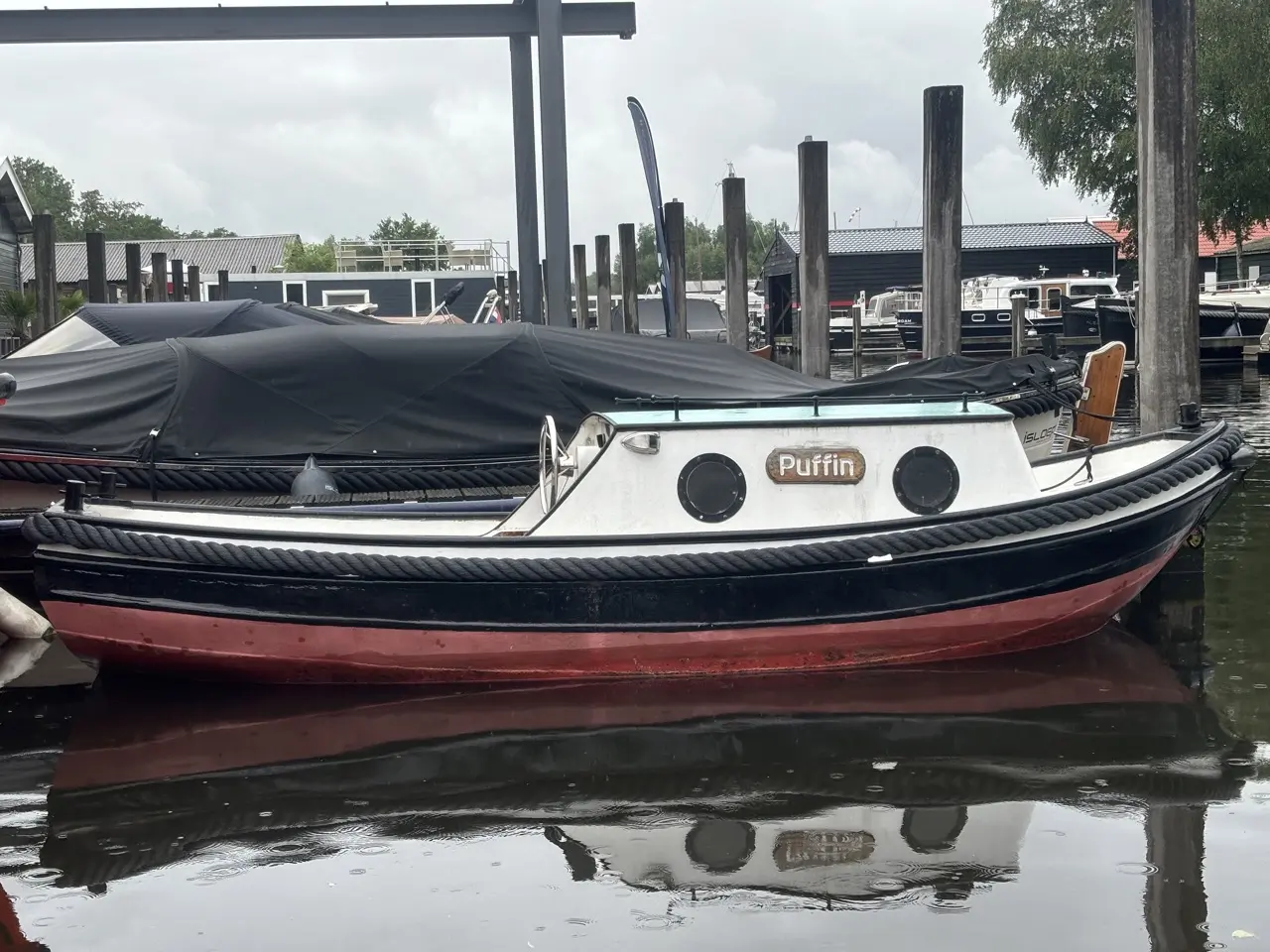
Puffin, the conversion to electric drive of a pusher in pictures
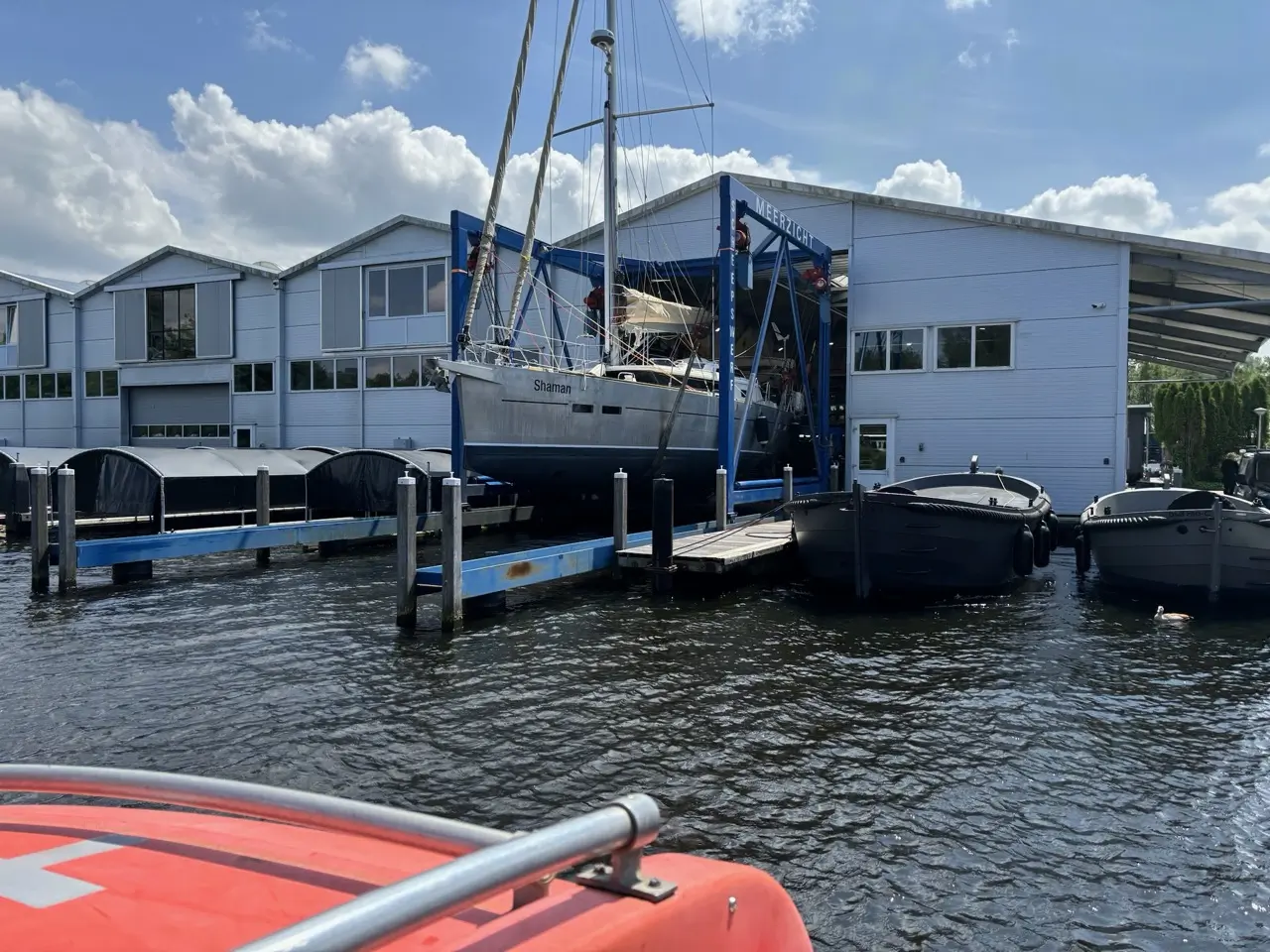
Beneteau Oceanis 411
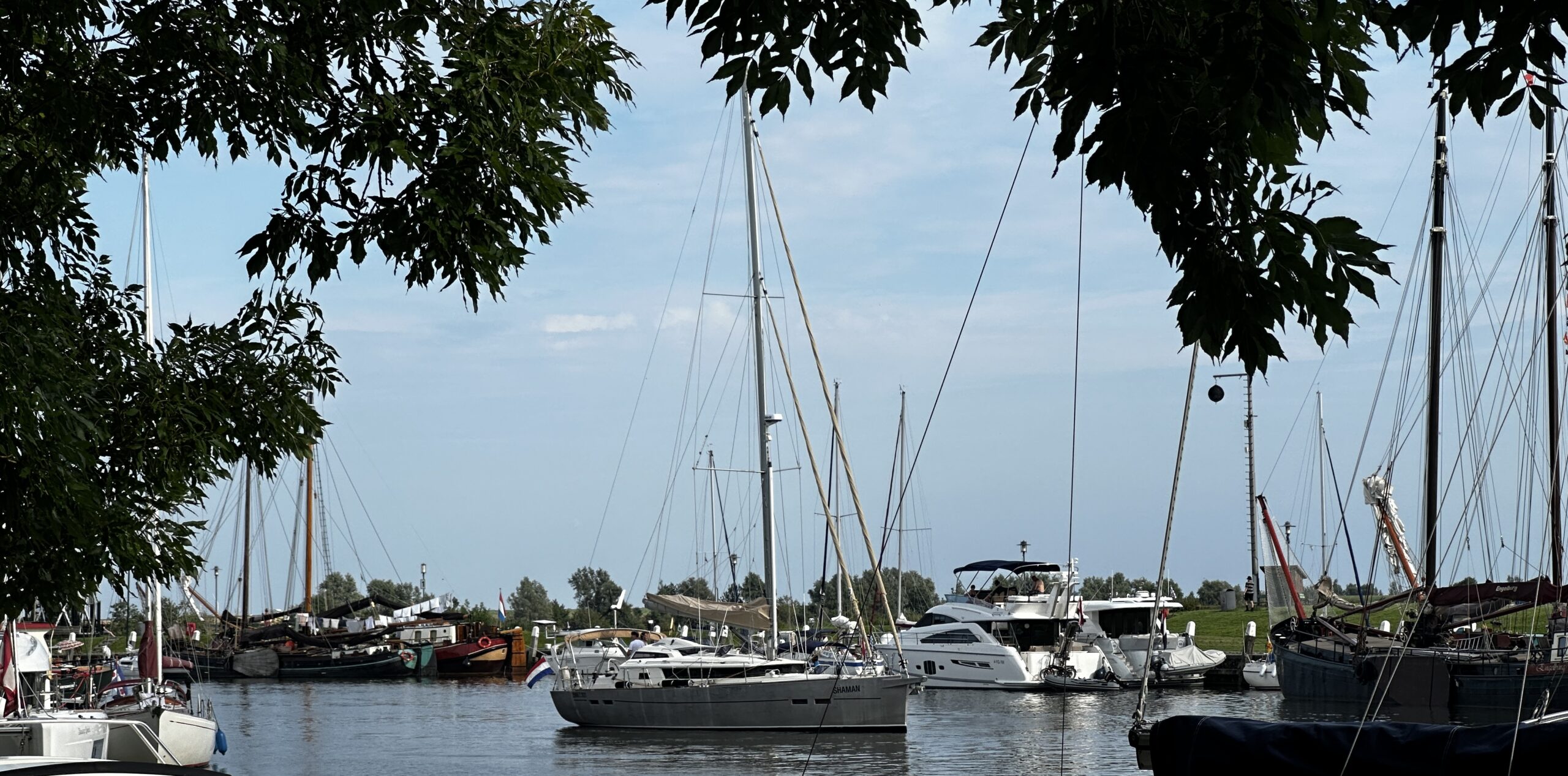
Electric motor sailing on a Garcia 45 Exploration
How an electric motor can improve your sailing experience in low wind by motorsailing
If you have ever sailed in low wind, you know how frustrating it can be. The sails barely bulge, the speed sinks, and you can only hope that at some point there will be a breath of wind to get you moving again. But did you know that a small adjustment with an electric motor can make exactly the difference? In this blog post, I explain why slightly adding an electric motor can ensure that your boat sails at the same speed as the actual wind speed, even at low wind speeds.Wind versus apparent wind: What do you really feel?
To understand why an electric motor is useful in this situation, it is important to understand the difference between actual wind and apparent wind understand. The actual wind is simply the wind that blows around you when you are lying still. But as soon as your boat starts moving, something called the apparent wind is created. The apparent wind is a combination of the actual wind and the wind you generate yourself by moving. This apparent wind often comes from a slightly different direction and is stronger than the real wind. This is because the boat's speed adds to the actual wind, so the sails 'feel' more wind and work better.Using the electric motor: just that extra bit of power
When the wind is weak, apparent wind hardly helps because your boat is moving too slowly to create a significant amount of apparent wind. This is where the electric motor comes in handy. By slightly revving the motor, you give the boat that extra push that makes it start moving faster. Let's say you are sailing one day and the actual wind is only 5 knots (about 9 km/h). Normally, your boat would move slowly in these conditions, perhaps at only 2 to 3 knots. But by using the electric motor a little bit, you increase the boat's speed to about 5 knots, which is equal to the speed of the actual wind.The effect of apparent wind on your speed
Now that your speed is equal to that of the actual wind, the apparent wind felt by the sails changes. Instead of just relying on the weak real wind, your sails now create more power from the amplified apparent wind. The boat begins to behave more efficiently, and you can reach a much greater speed with minimal engine support. A practical example: suppose you are sailing on a calm summer day with hardly any breeze. The wind is blowing at 4 knots, but your boat remains slow, no more than 2 knots. By giving the electric motor just a little push, you soon reach a speed of 4 knots. Once you reach that speed, the sails feel the apparent wind as if you are sailing in much better conditions. At that point, you need little or no motor support, and the sails do the rest of the work.The best of both worlds
What is so fascinating about this is that it is not about completely replacing the wind with the engine, but making smart use of both. By a small increase in speed with the engine, you drastically improve the conditions for the sails. This provides a combination of efficient sailing power and minimal engine use, ultimately leading to a more enjoyable sailing experience without depending on the engine to do the job all the time.Conclusion: smart sailing with a little motor assistance
Adding an electric motor in low winds can make a big difference to your sailing experience. By adding just enough speed, you create apparent wind that makes the sails much more efficient. This ensures that your boat will still get up to speed with minimal engine support, even if the actual wind is weak. Next time you find yourself in almost stationary conditions, remember that it is not always a matter of waiting for the wind. Sometimes a little push from an electric motor can be just what you need to 'catch' the wind and keep your boat moving. A satisfied customer of ours was kind enough to demonstrate this in practice in this video. Have we piqued your interest? If so, please contact us so we can discuss the possibilities for your boat. http://youtube.com/shorts/xvssr5NOfPY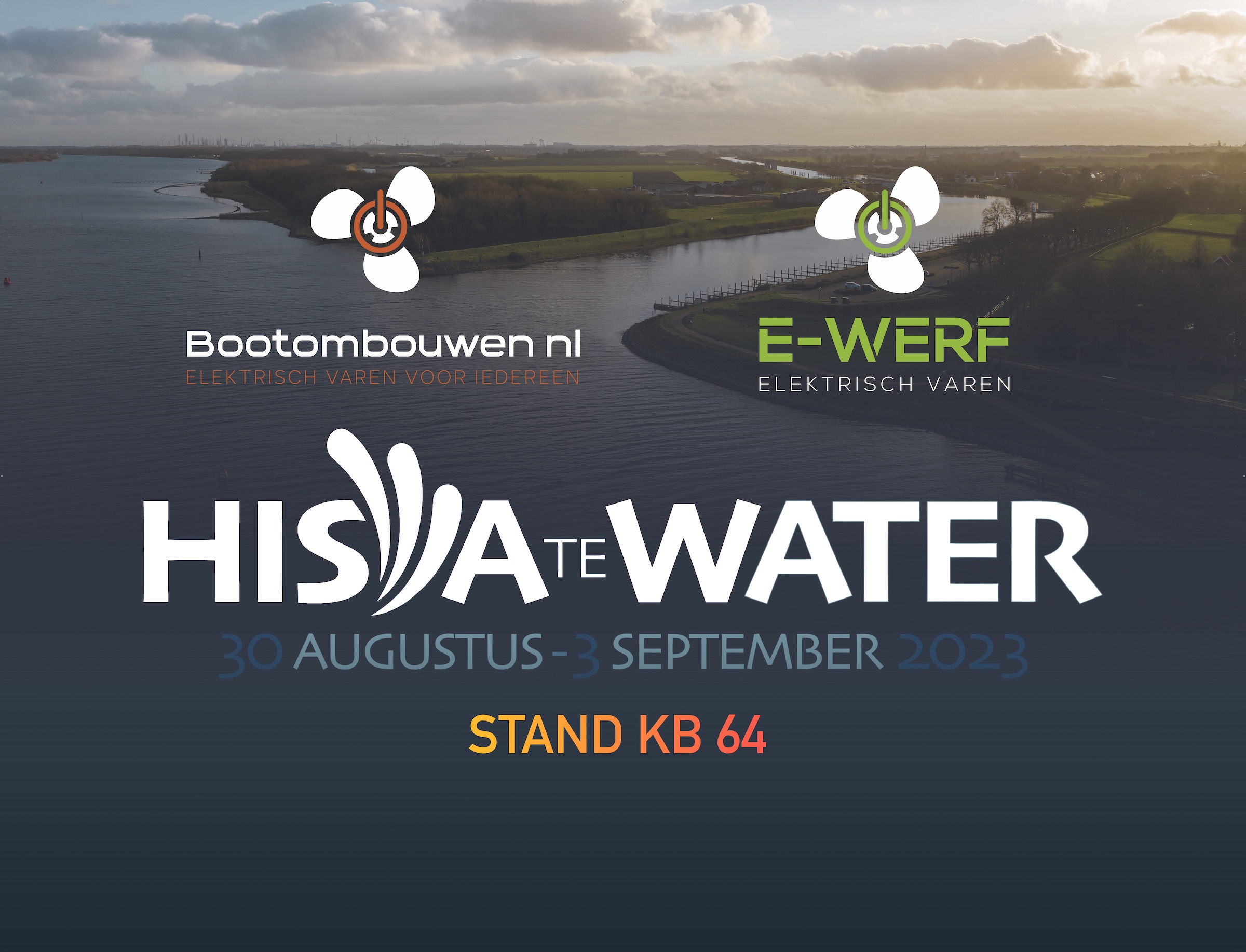
Hiswa te Water

